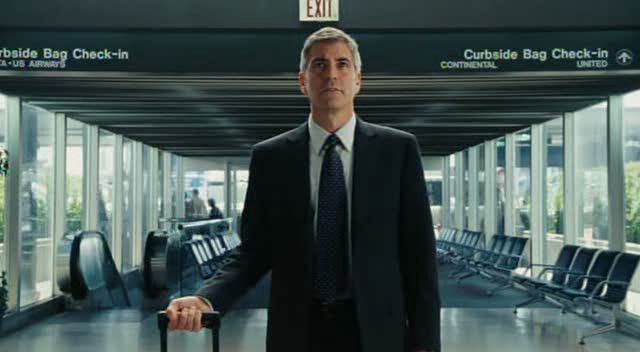Why Is Air Travel so Expensive? Because of Institutional Investors

If one were to ask why, say, a round-trip flight from Seattle to Cedar Rapids on Christmas week costs $1,200, a few answers might come to mind:
— Well, planes are these enormous machines that manipulate physics to stay in the air for hours at a time, and big machines are expensive!
— Do you know how many people it takes to staff an airport? All those people deserve a living wage!
— Also, airports are these enormous buildings, and enormous buildings are expensive!
— Something about deregulation? Monopolies? Hubs and spokes? Greedy companies wanting big big profits?
— Because it’s Christmas and the airlines know you don’t have any other realistic options?
Turns out those answers are all wrong, or maybe they’re a little bit right but also wrong. According to a new study by economists José Azar, Martin C. Schmalz, and Isabel Tecu, airfare costs are high because many of the airlines share the same investors.
This study is called Anti-Competitive Effects of Common Ownership, and here’s part of the abstract:
Many natural competitors are jointly held by a small set of large diversified institutional investors. In the US airline industry, taking common ownership into account implies increases in market concentration that are 10 times larger than what is “presumed likely to enhance market power” by antitrust authorities. We use within-route variation over time to identify a positive effect of common ownership on ticket prices.
Let’s break this down a little bit. I’m going to quote from Slate, which is where I first read about this study:
Although we think of airlines as independent companies, they are actually mostly owned by a small group of institutional investors. For example, United’s top five shareholders — all institutional investors — own 49.5 percent of the firm. Most of United’s largest shareholders also are the largest shareholders of Southwest, Delta, and other airlines. The authors show that airline prices are 3 percent to 11 percent higher than they would be if common ownership did not exist. That is money that goes from the pockets of consumers to the pockets of investors.
But wait, what’s an “institutional investor?” It is, at its most basic definition, an investor that is also an institution (as opposed to an investor who is a person). Slate notes that institutional investors are often “companies that own other companies,” such as mutual funds.
I’ll be honest: I never knew that a mutual fund was a company (I thought it was a collection of stocks and other investments presented in a package to provide growth and moderate risk to a personal investor). I never knew a mutual fund could invest in an airline.
More importantly, I never knew that airline industry shareholders were made up of these companies that owned other companies, the types of investors that both have the capital to make enormous investments and the ability to make huge profits on their investment.
And, because they have the ability to make huge profits on their investment, and because many of these institutional investors have invested in more than one airline, the incentive is for all the airlines to return as much profit to their investors as possible. Or, as Slate puts it:
If a mutual fund owns shares of United and Delta, and United and Delta are the only competitors on certain routes, then the mutual fund benefits if United and Delta refrain from price competition.
What about the rest of us who have this mutual fund in our 401(k)s or other retirement accounts? Do we make a little money too? Does the expensive plane ticket pay off in 30 years when we retire? Has anyone done the math on how much the average person spends on air travel vs. how much they are likely to earn from an airline industry institutional investor mutual fund?
Slate has a bit of an answer:
High-income people put much more of their money in mutual funds and stocks than ordinary people, who use most of their money to buy goods and services. So the profits mainly accrue to the rich, while the costs are paid by the middle class and poor.
Well, goody-doo.
It just makes you kind of frustrated when you think about it, right? Air travel is both expensive and uncomfortable specifically to give people (and institutions) with the ability to invest a lot of money the opportunity to make even more money.
On the other hand, flights are priced at a point where they are available to far more people than they were a few generations ago, and flights keep people and families connected who might not otherwise get to see each other, and maybe we’ll get a little bit of profit in our own mutual funds, all of us “ordinary people.”
What do you think? Did you already know about institutional investors and the idea that mutual funds were investing in airlines? Do you think the idea of airlines sharing investors makes sense? Are plane tickets too expensive, or are they priced fairly?
Support The Billfold
The Billfold continues to exist thanks to support from our readers. Help us continue to do our work by making a monthly pledge on Patreon or a one-time-only contribution through PayPal.
Comments